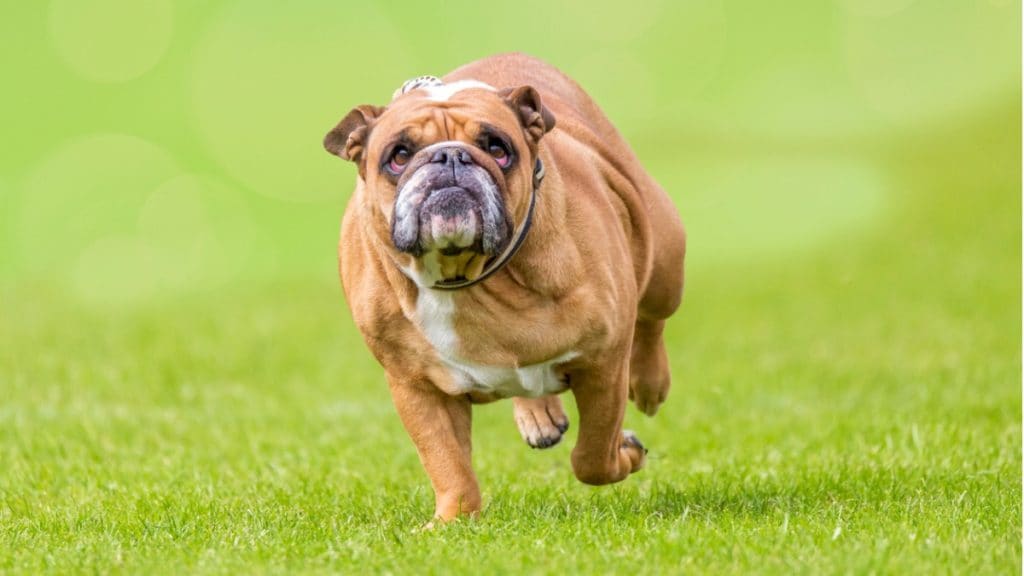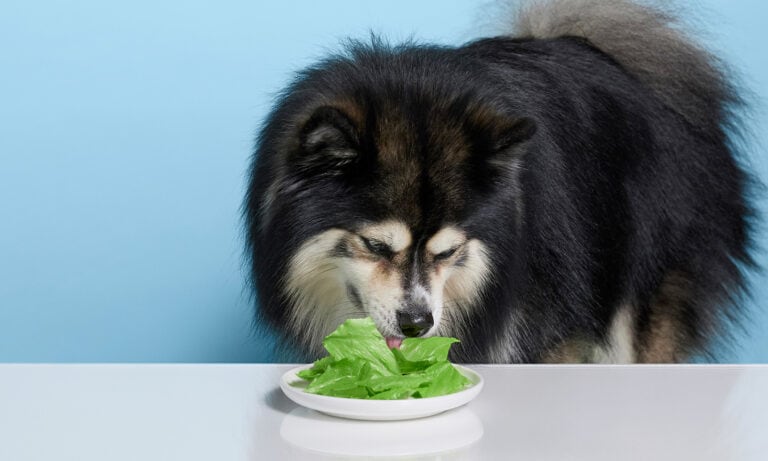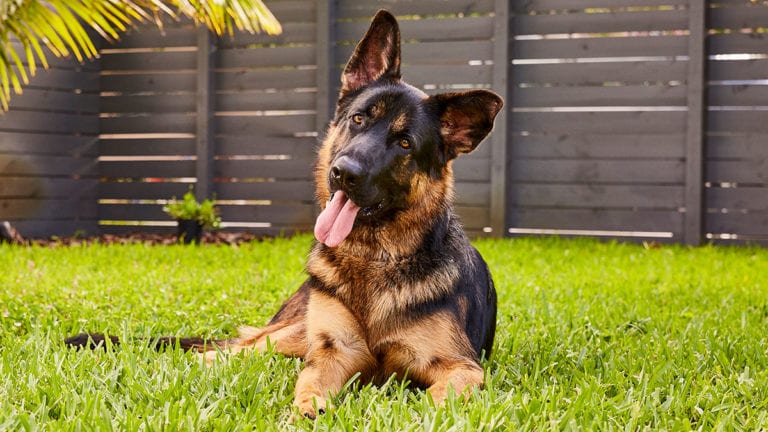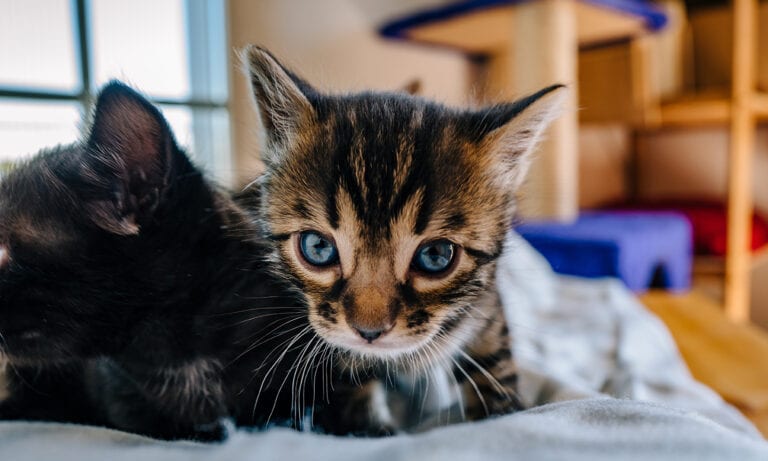Pet obesity is currently the most common nutritional disorder in dogs and cats. Animals that are more than 20 percent over their ideal weight are considered obese. Although the prevalence of obesity can differ between countries, it is estimated that up to 56 percent of dogs and up to 60 percent of cats are either overweight or obese, according to the Association of Pet Obesity Prevention.
It’s important for pet owners to recognize an obese dog or obese cat so that they can take the proper steps to ensure safe and effective pet weight loss.
Defining Pet Obesity
Obesity in pets is defined by excess body fat that is sufficient enough to cause or contribute to disease. When excess body fat is present, it can change a pet’s ability to metabolize carbohydrates and fats and lead to long-term adverse effects on a dog or cat’s overall health and wellness.
Different factors can predispose or cause pet obesity including:
- Genetics
- Decreased activity level
- High fat or high calorie diets
Long-Term Effects of Pet Obesity
Pet obesity is related to the development or worsening of pancreatic, orthopedic, hepatic, urinary, pulmonary and skin diseases. Obese dogs, for example, require medication for chronic health problems sooner than lean dogs, and studies have shown that lean dogs live longer than overweight dogs.
One of the most well-known consequences of obesity in pets is the development of diabetes in dogs and cats. During obesity, body cells fail to respond normally to the hormone insulin, and the body cannot digest and metabolize glucose properly.
How to Help Obese Dogs and Obese Cats
Since pet obesity is a complex disorder involving many factors—such as diet, level of physical activity and environment—its treatment depends on both dietary strategies and pet parent involvement. If you have an obese dog or obese cat, you’ll likely need to put in place a combination of dietary, behavioral and environmental changes to help your pet lose weight. Here are some tips for helping an obese dog or obese cat lose weight.
Feed a weight loss diet
Veterinarian-recommended weight loss diets usually have increased amounts of protein and micronutrients to help your pet avoid nutrient deficiencies and preserve lean tissue mass when food is restricted. Weight loss diets also aim to minimize hunger and help reduce begging behavior. In dogs and cats, dietary protein and fiber content are important factors to increase satiety and decrease voluntary food intake.
Revise feeding strategies
If you have an overweight dog or overweight cat, you will need to make changes to when and how you feed your pet in order to ensure weight loss. Unrestricted access to food, excessive use of treats, and offering table scraps or other homemade foods may increase the chance of obesity in pets.
To help your dog or cat lose weight, measure food appropriately and feed at scheduled times during the day. Strategies like the separation of pets during meal times or the use of a microchip feeder, which only allows certain pets to eat from it, can also be helpful during a pet weight loss program.
Increase activity
If you want to help obese dogs or obese cats lose weight, it’s important to get them moving.
The 2014 American Animal Hospital Association Weight Management Guidelines for Dogs and Cats suggests a dog with no orthopedic restrictions should be walked for five minutes, three times per day with an eventual increase to 30 to 45 minutes of total walking time per day.
Physical activity levels in cats can be increased using environmental enrichment. For example, cats can be exposed to vertical spaces that allow them to jump; water and food should be placed in separate areas to force walking and activity; and the bouncing light of a laser pointer can be used as a toy to stimulate physical activity.
If you need help developing a weight-loss plan for your overweight dog or overweight cat, consult your veterinarian. Vets can evaluate each particular patient, determine body condition score and help create the best strategies to recommend a realistic plan and adjust those plans throughout your pet’s weight-loss journey.
Aline Vieira is an Assistant Professor of Veterinary Physiology at Ross University School of Veterinary Medicine, Basseterre, St. Kitts. She is also a researcher with special interest in small animal metabolic and endocrine diseases and a member of the Comparative Society of Endocrinology (USA).
Share:









